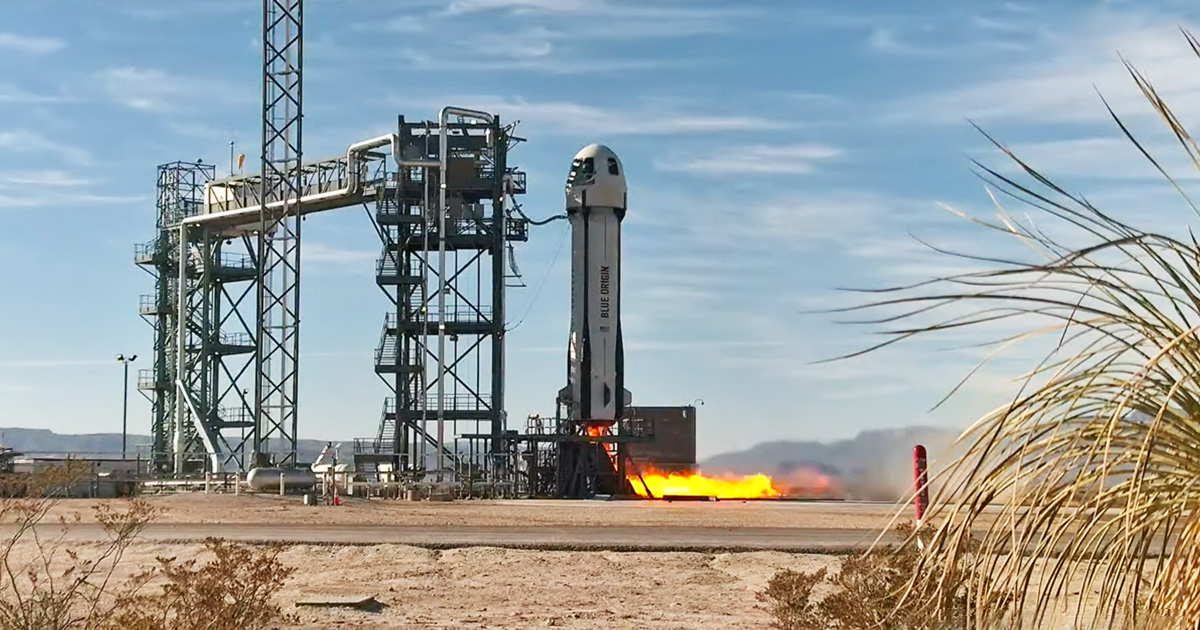NASA's Groundbreaking Simulation Preps Moon-bound Tech
NASA's latest test simulates lunar gravity, giving 17 moon-bound technologies a taste of space without leaving Earth.

When the Moon Comes to Earth: NASA's Ingenious Approach to Lunar Prep
Imagine, for a moment, you could feel the Moon's gentle tug on your body, experience its serene desolation, and navigate the challenges of its alien terrain, all without leaving Earth. It sounds like a chapter from a science fiction novel, but this is exactly what NASA has achieved in a groundbreaking series of tests conducted on Tuesday. Seventeen technologies, instruments, and experiments were given the opportunity to "practice" being on the Moon, simulating lunar gravity right here on Earth. This isn't just practice; it's a rehearsal for the grand performance of returning to the Moon.
The Gravity of the Situation
Why does this matter now? The Artemis missions are on the horizon, with ambitions of not just leaving footprints on the Moon but establishing a sustainable human presence there. Each instrument and technology selected for these missions needs to be lunar-ready—capable of operating in an environment starkly different from Earth's. The gravity, or rather the lack of it (since the Moon's gravity is just one-sixth of Earth's), poses a unique challenge, impacting everything from the movement of particles to the flow of fluids.
Simulating the Moon, On Earth
But how does one recreate the Moon's gravity without actually going there? Enter NASA's ingeniously adapted flight vehicle, providing a brief but critical window of approximately two minutes where conditions mimic those of the lunar surface. This isn't about strapping payloads to a rocket and hoping for the best; it's a calculated process of adaptation and refinement. Think of it as trying on your space suit before the big day, ensuring every zipper, pocket, and seam is in perfect order.
Bridging Worlds
This venture is a bridge between worlds, not only between Earth and the Moon but also between concept and reality. These tests are crucial for understanding how materials behave in reduced gravity, how instruments perform, and how experiments unfold. For instance, a dust analyzer can reveal how lunar dust moves in low gravity, knowledge essential for protecting equipment and astronauts. It's like learning the rules of a game before playing it on an interstellar stage.
Perspectives from the Field
The human dimension of this initiative cannot be understated. Behind every instrument, technology, and experiment is a team of dedicated scientists, engineers, and dreamers. "We're not just sending machines to the Moon; we're sending human ambition, curiosity, and ingenuity," one NASA engineer shared. This project is more than a technical achievement; it's a testament to human perseverance and the relentless pursuit of knowledge.
The implications extend far beyond the confines of space exploration. Lessons learned from these tests could lead to advancements in technologies with Earth-bound applications, from materials capable of withstanding extreme conditions to innovations in fluid dynamics. The Moon becomes a mirror, reflecting back possibilities for solving challenges on Earth.
A Step Towards the Future
As we stand on the brink of a new era of lunar exploration, NASA's simulated lunar gravity tests are not just preparatory steps; they are leaps towards understanding our universe and ourselves. The knowledge gleaned from these experiments will light the way for astronauts on the Moon, inform the design of future missions to Mars, and, perhaps, inspire solutions to some of Earth's most pressing issues.
In a way, bringing the Moon to Earth shrinks the vast distance between us and our celestial neighbor. It makes the Moon feel a little closer, a bit more like home, and transforms the abstract into the achievable. As we look towards the night sky, it's comforting to know that part of the Moon's mystique is being unraveled right here on Earth, thanks to the ingenuity and perseverance of those who dare to dream big and reach far.
This article was based on news originally published by NASA. Read the original article here.
#astronomy #science #space #nasa #orbitnews